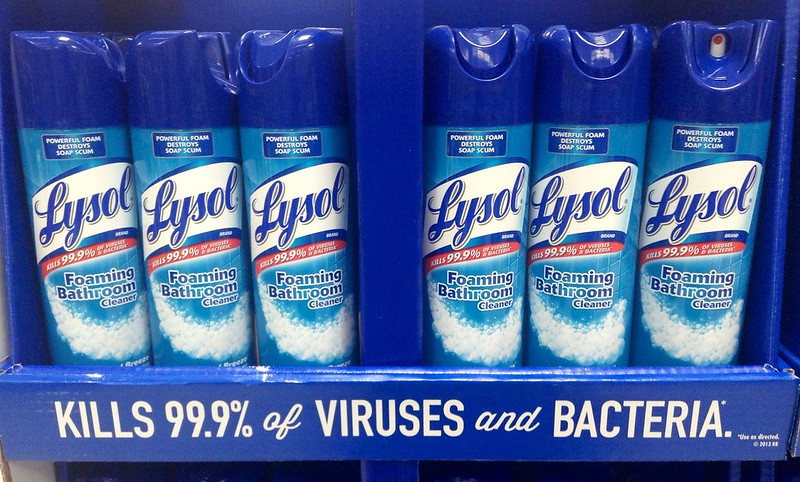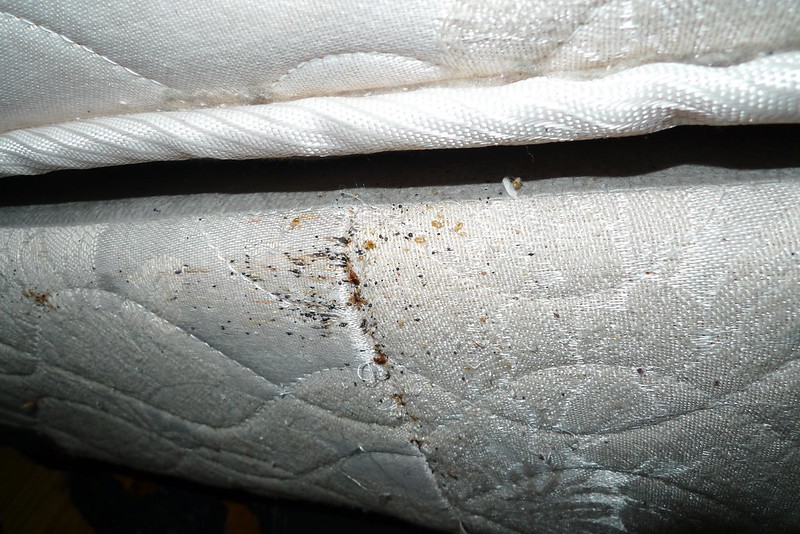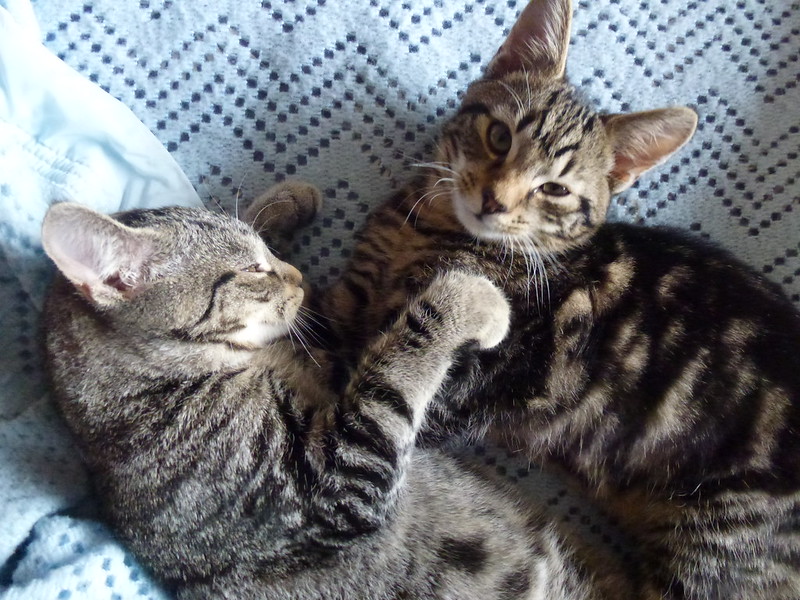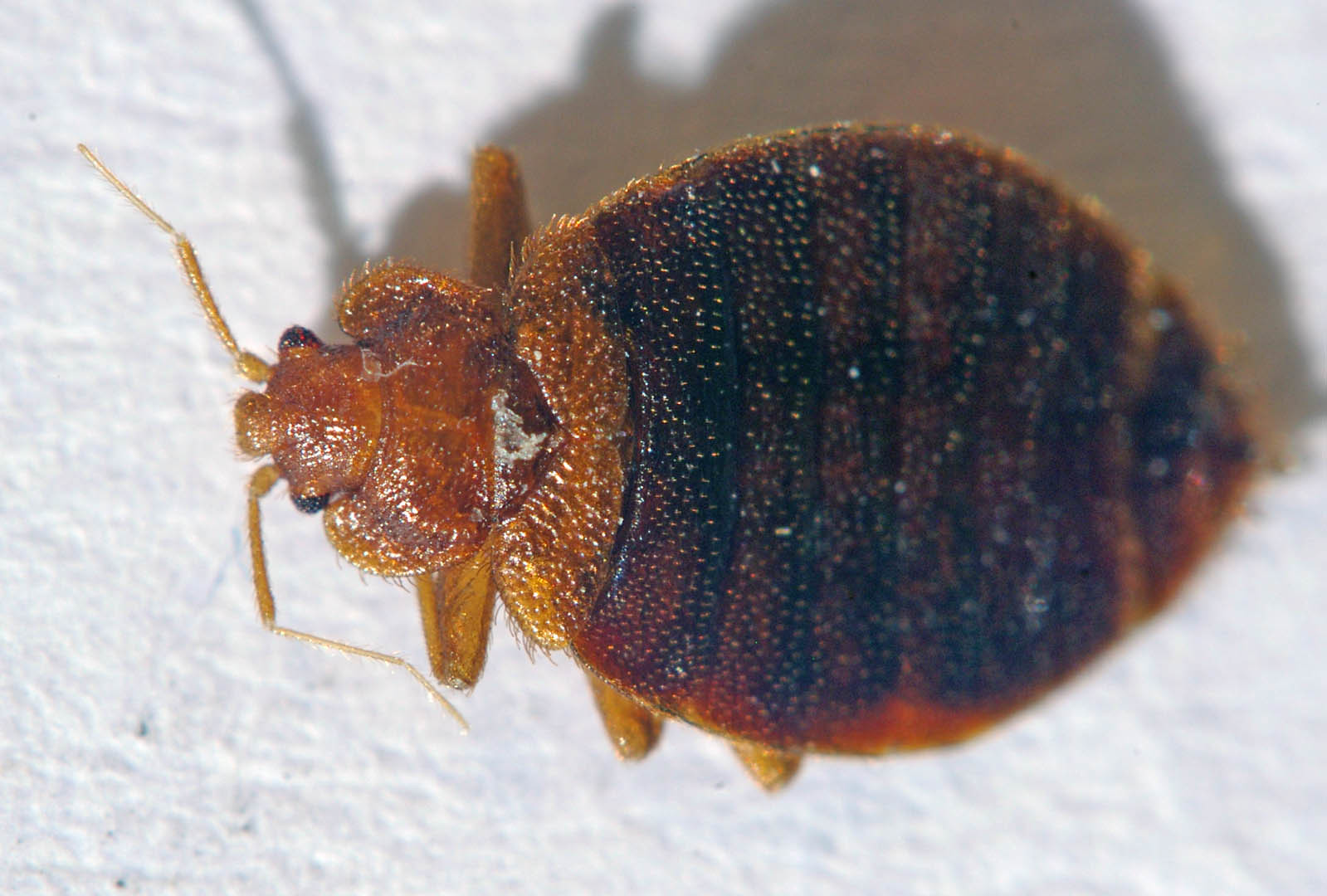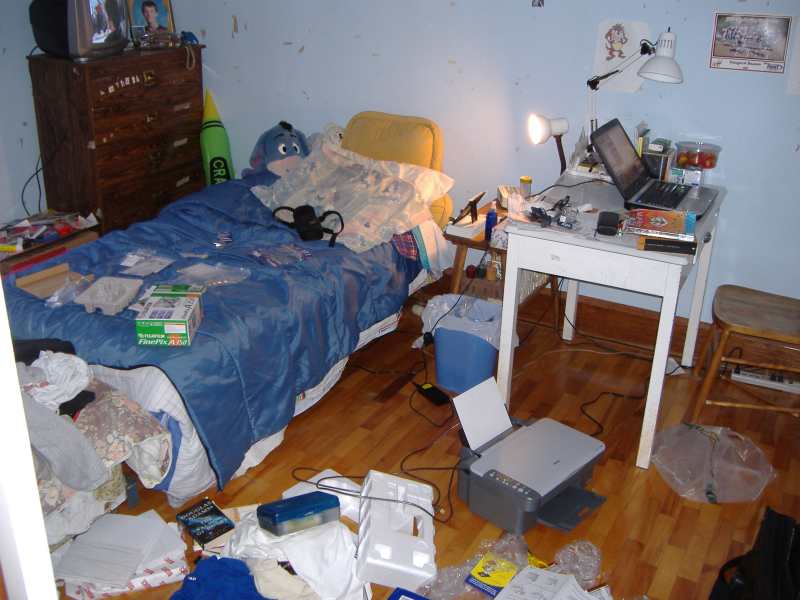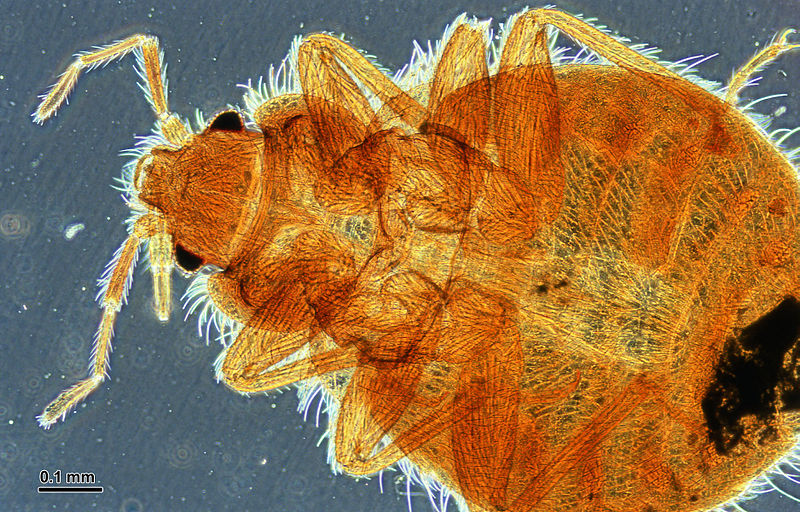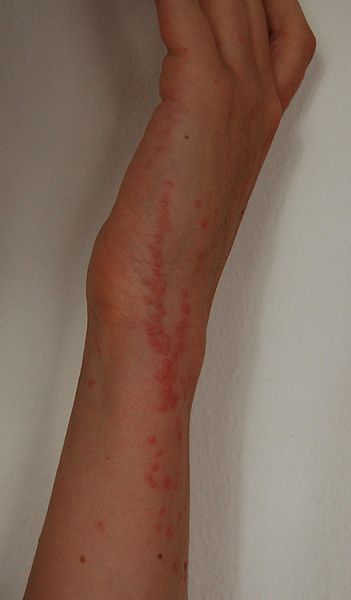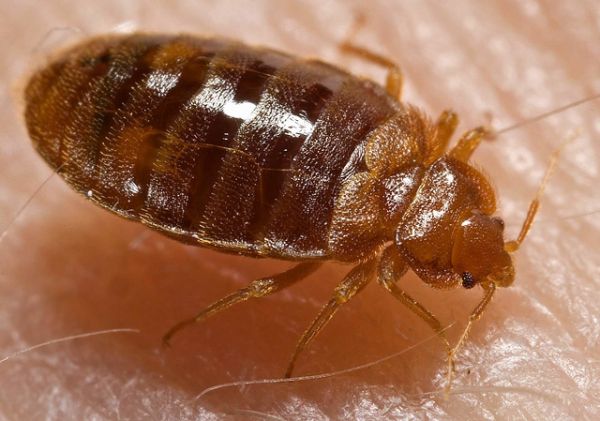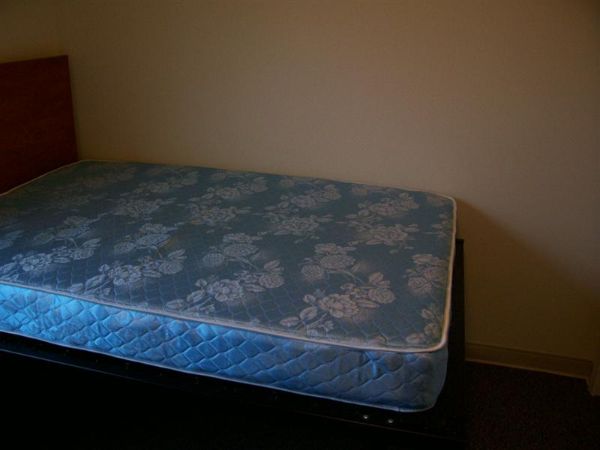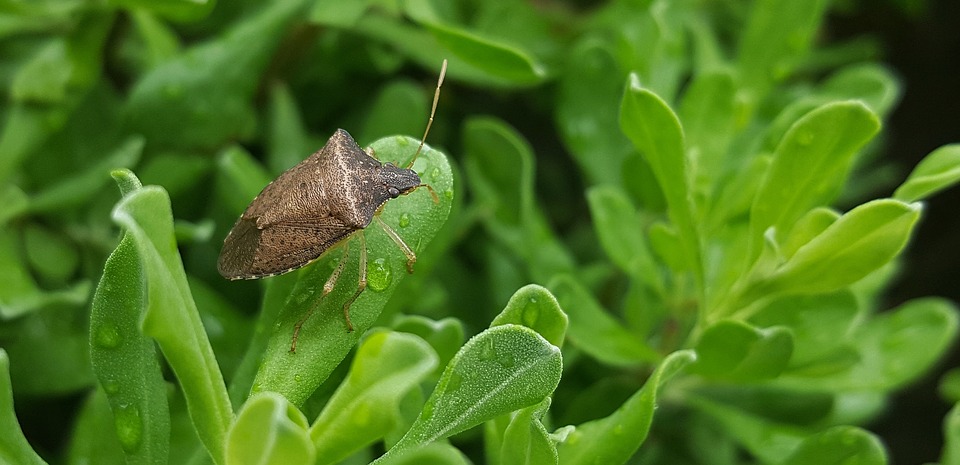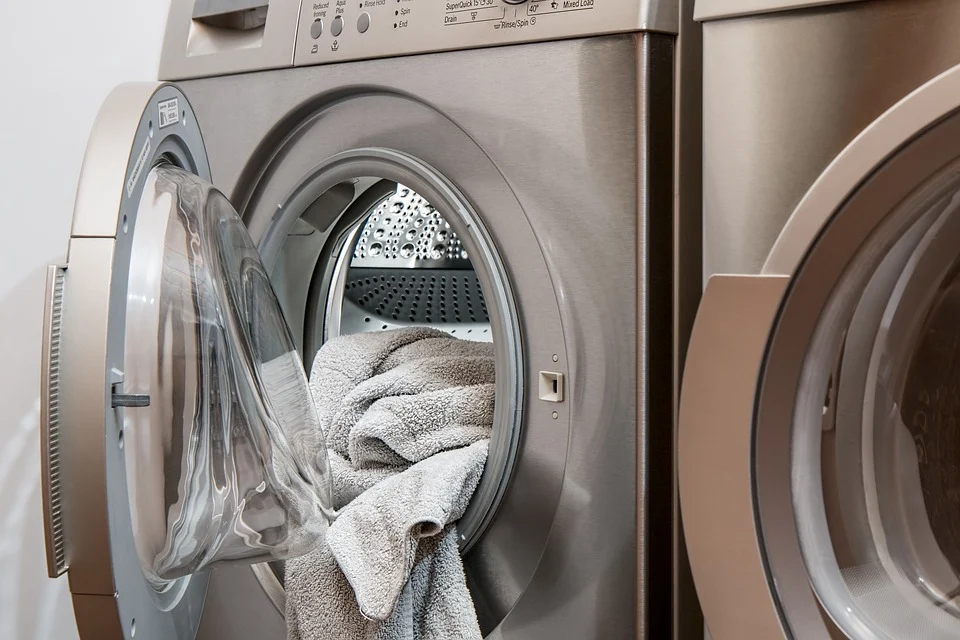Does Raid kill bed bugs? After all, it makes quick work of ants, cockroaches, and other household pests. It’s a common question and one that has a multifaceted response. Here are some considerations to keep in mind:
- Raid will, indeed, kill bed bugs on contact.
- Raid will not, in most cases, be enough to control a true infestation of bed bugs.
- The way you apply Raid can make a difference in how many bed bugs you’re able to kill.
- Unfortunately, there are some limitations when it comes to whether Raid will kill the specific bed bugs that are bothering you.
- There are effective alternatives to Raid that can get your infestation under wraps.
Keep reading to learn more about the question of whether Raid is a good match against bed bugs.
Bugging Out: Demystifying the World of Bed Bug Infestations

Often, people might not understand why they have bed bugs in the first place. After all, if you keep your home clean, you should feel secure that you’re not likely to attract any six-legged critters… right?
That’s not the case, particularly when it comes to bed bugs. These creepy crawlies don’t discriminate, and they will happily infest dirty homes and pristine luxury hotels with equal joy. They want to eat, and what they eat is human (and occasionally other mammalian) blood. If there are humans in your home, you’re prone to a bed bug infestation.
Bed bugs come into your home by hitching a ride on something or someone. Usually, that something is a used mattress, a secondhand couch, or the luggage you set on the floor of a hotel. Sometimes, they’ll cling to your clothes or the clothes of a visitor to your home and establish themselves that way.
Once they move in, though, they’ll start procreatin. They’ll find small crevices to hide in, and that’s where they’ll make their home.
Raid Unleashed: A Bed Bug Warrior Enters the Fray
If you see one bed bug, it’s natural to reach for a can of Raid, spray it, smash it with your shoe, and call it a done deal. Since bed bugs generally live in a large group, though, this isn’t likely to have much of an effect.
Raid will, in fact, kill bed bugs on contact. This includes the regular Raid spray and foaming bed bug spray.
But can it manage an infestation? It probably won’t cure the problem, but using the Raid correctly can boost the chances that it will kill more bugs and eggs.
Precision Matters: Where to Apply the Raid
There are several types of Raid bed bug spray, and there’s also regular Raid that you’d use for any other kind of insect. To control a bed bug infestation, you need to not only kill the live bugs (which are all very good at hide and seek) but also the eggs. Otherwise, those eggs will hatch into new bed bugs, starting the problem over again.
To kill eggs, you need to spray where the eggs are. Raid products can help minimize infestations for a number of weeks, but not if you don’t spray correctly.
Some places where live bugs and eggs might hide include:
- The creases of mattresses and box springs
- Inside of mattresses and box springs
- In crevices of the bed frame, such as where the mattress sits or where it screws into the headboard
- The seams of your bedding (pillowcases, sheets, and comforters)
- Luggage, suitcases, and purses
- Clothing left in the bedroom (either in drawers or tossed over a chair or even on the floor)
- The edges of the carpeting where it meets the baseboards
- Behind or in wall art and picture frames
As you can see, it would be difficult to spray in all of these areas, along with other tiny areas that you might have in your home.
Safety First: Navigating Bed Bug Treatment With Raid
Raid is an insecticide, and it’s not healthy for humans to be exposed to wet spray. Make sure you’re using it in a ventilated area; turn on fans and have the windows open, if at all possible. Also, keep children and pets out of the room until the spray dries.
While applying, you should also wear gloves and a mask to reduce your own exposure. Wash your hands well after use, and if you’ve gotten any on your clothes, change into something clean.
While the Raid Bed Bug Foaming Spray says it can be used on mattresses, the website also warns users to remove and wash contaminated clothing before reuse, so this seems that it might apply to mattresses as well.
Beyond Raid: Exploring Effective Alternatives
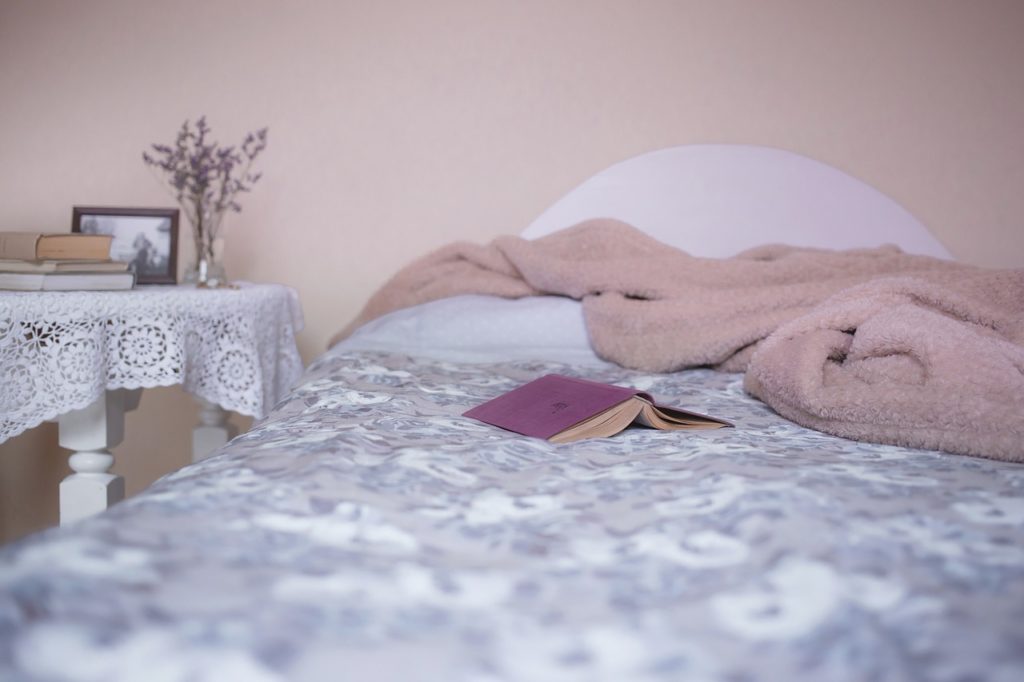
There are lots of alternatives that might be more effective than using Raid to kill bed bugs.
First, there are plenty of DIY methods that don’t really work and probably shouldn’t be tried. These include Lysol, vinegar, bleach, and baking soda.
There are some cleaning strategies you can use to help reduce the number of bed bugs, but these won’t be enough to stop an infestation. They include vacuuming well, dusting, washing your bedding in hot water, and putting them through the dryer on a high heat cycle.
Once you wash your bedding and vacuum your mattress and box spring well, you might want to encase your bed with bug-proof encasements. This will at least keep them from burrowing into the mattress. Also, any that were left in the mattress will be unable to get out of the cases to bite you.
Decluttering is also a good idea since bugs can hide in all types of clutter on bedside tables, in seating areas, and in clutter piled on the floor.
Professional exterminators can use methods like insecticides and heat treatments to eliminate both bugs and eggs. They have products that are safe for use in your bedroom.
Does Raid Kill Bed Bugs? Final Thoughts
If you’re looking for a solution to your bed bug situation, you could do worse than Raid. It’s a good temporary measure to kill live bugs that you can see and maybe also eggs, if you’re spraying it around your bedframe and any crevices in your walls or floors. It’s best when combined with thorough vacuuming, decluttering, and encasing your mattress and box spring.
For lasting results, though, you should arrange for professional extermination as quickly as possible to avoid having a small bed bug infestation spiral out of control.

